Abstract:
When oil spills occur, a fraction of the oil may get trapped in soil pores or can migrate through unsaturated and saturated zones. Dense non-aqueous phase liquids (DNAPL), such as creosote, move through aquifers until complete depletion or encountering an impermeable layer. The optical image profiler (OIP) is a high-resolution site characterization tool that combines fluorescent and visible light imaging, correlating optical responses with oil occurrence in the subsurface. This study demonstrates the applicability of OIP-UV (ultraviolet light source) and OIP-Green (green light source) probes for identifying creosote contamination in a tropical climate region (S˜ao Paulo, Brazil). Bench and field tests were conducted to assess the relationship between fluorescence responses and the presence of oil in contaminated and uncontaminated soils. Results indicate that OIP-UV is the most appropriate method for mapping creosote in porous media at similar contaminated sites. It is the first time this approach is reported for tropical climates, and it is crucial for better understanding the contaminant dis tribution and behavior. Furthermore, high-resolution indirect investigation methods like OIP require calibration and soil chemical analyses guided by HRSC scanning and visual identification to validate the results.
Referência:
SOARES, Lélia Cristina da Rocha; MENDES, Gabriela Paupitz; BARBOSA, Alexandre Muselli; MALTA-OLIVEIRA, Carlos Cesar; SOUTO, Sandro Souto de; YOSHIKAWA, Nestor Kenji. High- resolution site characterization tools: application of fluorescence techniques to identify DNAPL in tropical lands. Chemosphere, v.393, 144768, Dec., 2025.
Acesso ao artigo no site do Periódico:
https://www.sciencedirect.com/science/article/abs/pii/S0045653525007167

